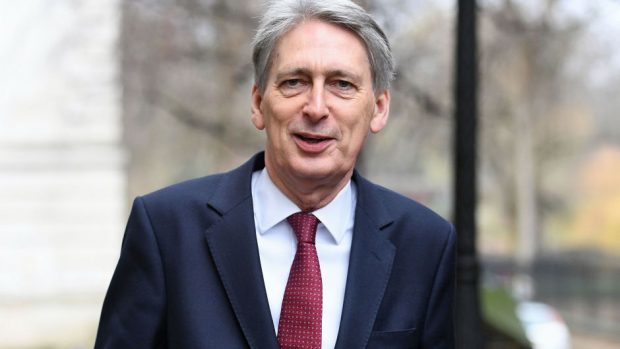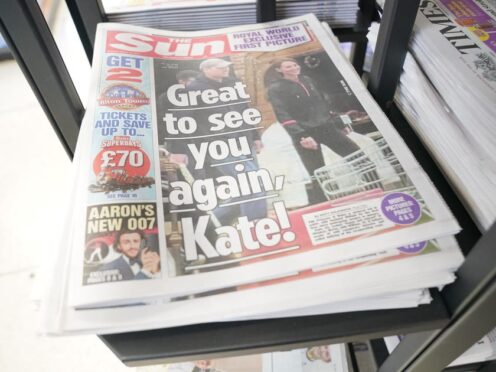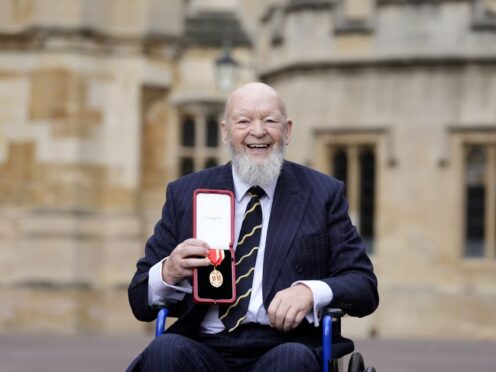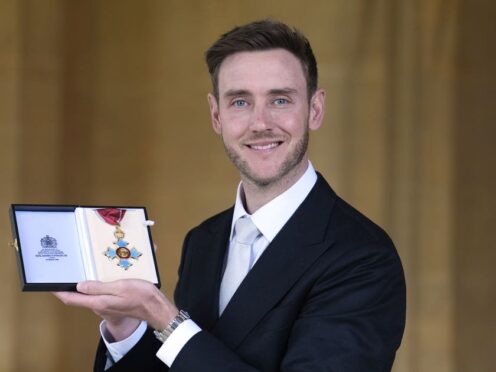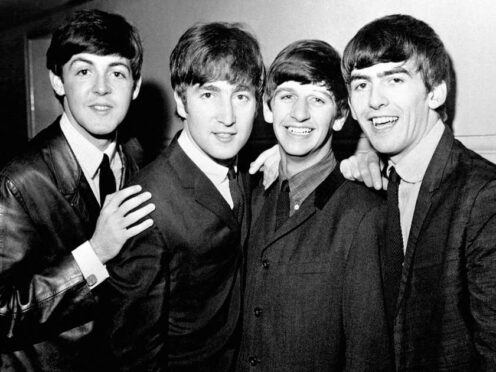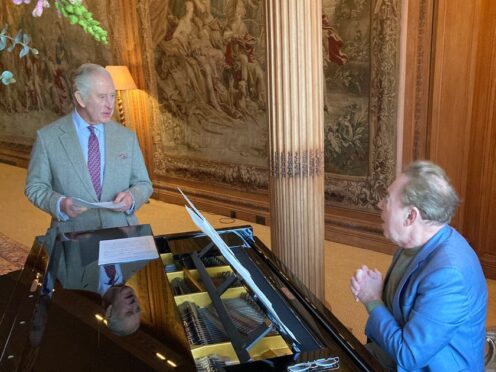Chancellor Philip Hammond will today use his Budget to mark the upcoming centenary of legislation that first gave women the right to vote.
The Tory frontbencher will unveil a £5million fund to support projects celebrating the near 100 years that have passed since the 1918 Representation of the People Act.
It enfranchised women over 30 who met minimum property qualifications and paved the way for the introduction of universal suffrage 10 years later.
The announcement is being made to coincide with International Women’s Day (IWD).
Mr Hammond called the act the “decisive step in the political emancipation of women in this country”.
He added: “It is important that we not only celebrate next year’s centenary but also that we educate young people about its significance.
“This money will go to projects to mark its significance and remind us all just how important it was.”
The act also abolished almost all property qualifications for men and brought in both the annual electoral register and present system of holding general elections on one day.
According to the UK Parliament website, these changes saw the size of the electorate triple from 7.7 million to 21.4 million.
Women accounted for about 43% of the electorate, but were still not politically equal to men, as men could vote from the age of 21.
The age 30 requirement was to ensure women did not become the majority of the electorate.
If women had been enfranchised based upon the same requirements as men, they would have been in the majority, due to the loss of men in the war.
Meanwhile, to mark IWD, International Development Secretary Priti Patel has written for the Press and Journal.
She hailed the UK’s commitment to building a world where women and girls can realise their potential.
And she praised the work of Scottish-based charity the Halo Trust in Afghanistan where it is working to de-mine vast areas of land so local communities can safely grow food and build businesses.
Workers are also educating communities and children on the dangers of unexploded ordnance.
She added: “We are seeing huge progress for girls and women’s rights around the world but there is absolutely no room for complacency.
“Britain will keep working to give women the opportunities they deserve and to build a better, more prosperous world for us all.”
